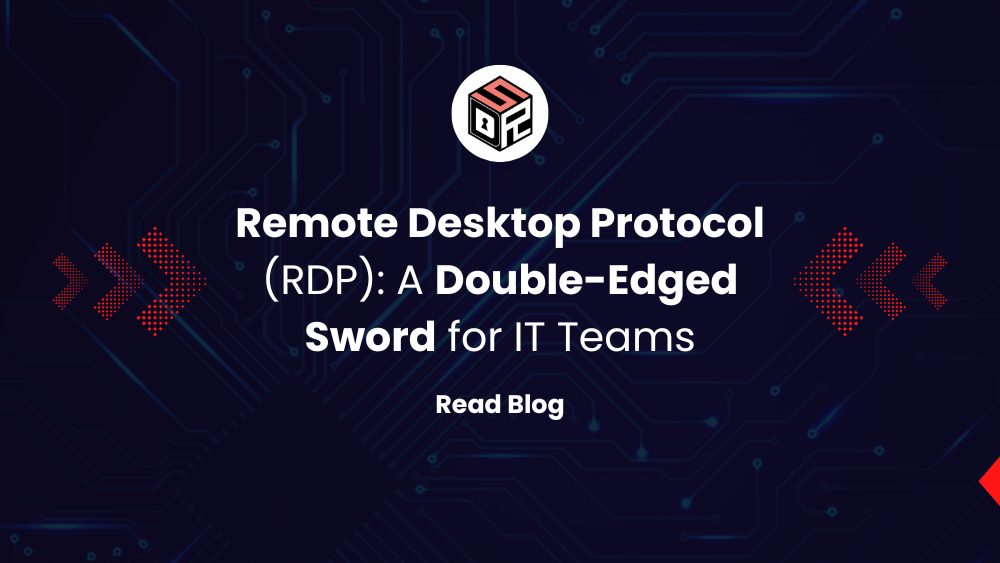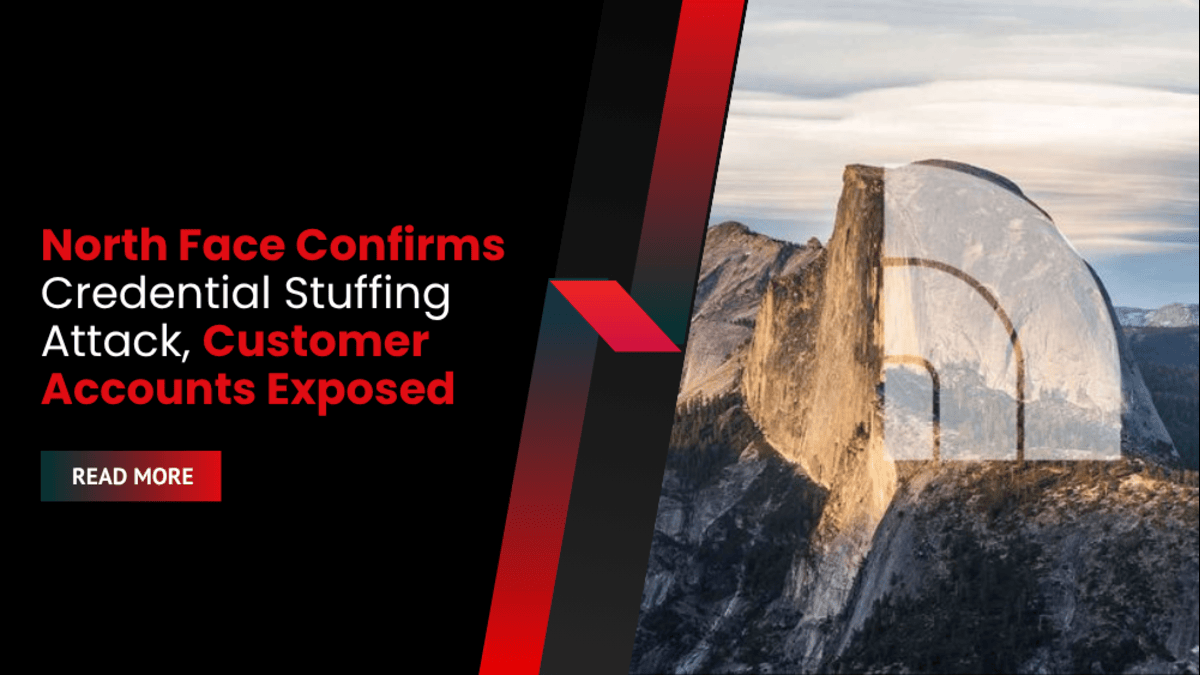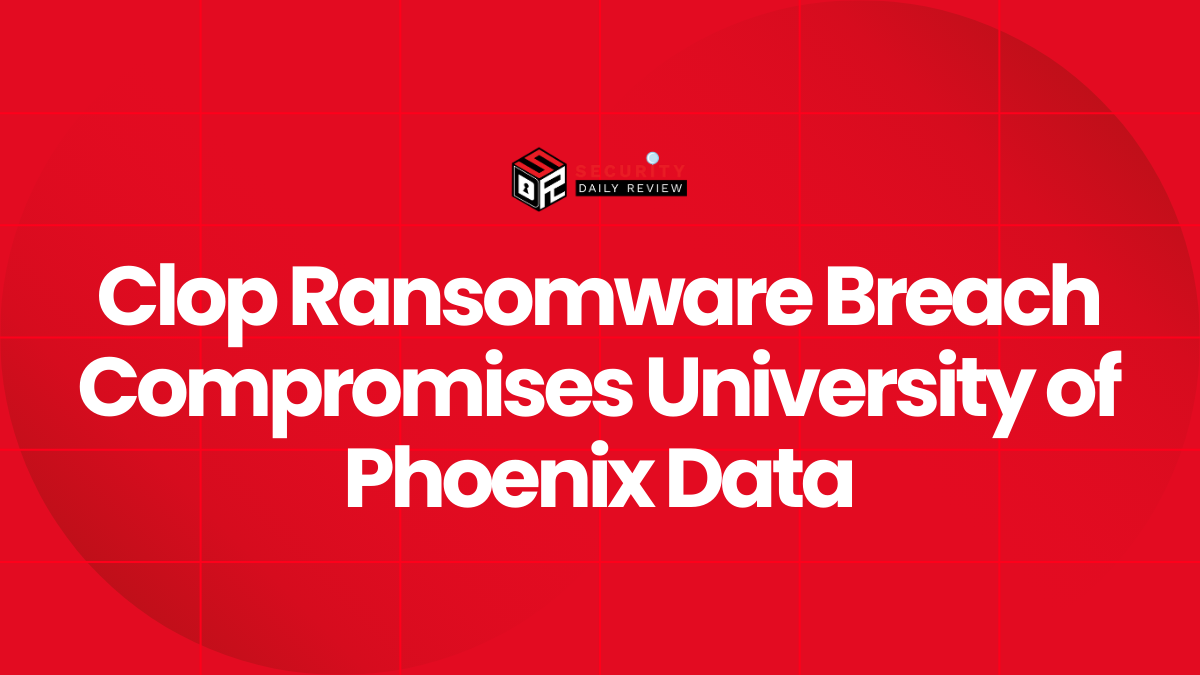Remote Desktop Protocol (RDP), while essential for remote access and system management, presents a significant security challenge. Its accessibility over the internet makes it a prime target for malicious actors seeking unauthorized access to your systems. Recent reports highlight a disturbing trend: hackers are increasingly scanning for vulnerable RDP systems on non-standard ports like 1098, expanding the attack surface beyond the commonly known port 3389.
This vulnerability exposes your business to severe consequences, including data breaches, ransomware infections, and costly downtime. For small and medium-sized businesses (SMBs) and Managed Service Providers (MSPs), who often rely heavily on RDP, the stakes are particularly high.
This article will equip you with the knowledge and strategies to effectively secure your Remote Desktop Protocol infrastructure and mitigate the associated risks. We’ll examine the emerging threats, and provide practical steps to enhance your security posture. We’ll also introduce advanced security solutions that can provide an additional layer of protection.
Why IT Teams Depend on Remote Desktop Protocol Despite the Risks
SMB and MSP customers utilize RDP daily, highlighting its efficiency and flexibility. Its benefits include:
- Reduced Costs and Downtime: Remote troubleshooting eliminates travel expenses and delays in resolving technical issues.
- Business Continuity Support: Secure access to company systems from any location ensures uninterrupted operations.
- Scalable IT Management: MSPs can manage multiple client networks from a central interface, streamlining their operations.
The Growing Network Security Threat Landscape: Beyond Port 3389
While port 3389 is the standard for RDP communication, attackers are increasingly scanning port 1098, an alternative route that many overlook. Honeypot sensors detect hundreds of thousands of IP addresses daily scanning for vulnerable RDP services, with a significant portion originating from a single country.
These scans aim to identify misconfigured, weak, or unprotected systems, allowing attackers to gain access through password guessing or exploiting known vulnerabilities within the client-server architecture of RDP. The client-server architecture of Remote Desktop Protocol, while efficient, also contributes to this vulnerability if not properly secured.
The Importance of Timely Patching and Updates
Microsoft acknowledges these risks and regularly releases security updates to address vulnerabilities. In December 2024, nine major vulnerabilities related to Windows Remote Desktop Services were patched.
This was followed by January’s update addressing two critical vulnerabilities (CVE-2025-21309 and CVE-2025-21297), which, if left unpatched, could allow remote code execution without requiring passwords.
Keeping your systems up-to-date with the latest patches is paramount to mitigating these threats. This is especially important given the prevalence of remote access servers and the reliance on desktop virtualization technologies.
Proactive OpensSource Security Solutions
While commercial security solutions offer convenience, open-source tools provide a powerful and cost-effective alternative. Here are some essential open-source tools that can significantly enhance your organization’s security posture and secure RDP. These tools empower you to identify and mitigate vulnerabilities across your network, applications, and containerized environments.
1. Masscan: The Speed Demon of Network Scanning
Masscan is a lightning-fast network scanner that significantly accelerates the vulnerability identification process. Unlike slower scanners, Masscan utilizes a highly optimized architecture, allowing you to quickly identify active hosts and open ports across your network. This forms the crucial first step in any vulnerability assessment. Masscan provides a rapid initial scan to identify all active hosts and open ports. This helps you create an inventory of systems exposed to the internet, including those running RDP. Think of it as your reconnaissance scout, quickly mapping the terrain before a deeper dive.
- Key Features:
- Unprecedented scanning speed.
- Supports TCP and UDP scans.
- Highly configurable for various network environments.
- Ideal for large-scale network scans.
- How to Use It: Masscan is command-line driven, requiring some familiarity with networking concepts. However, its straightforward syntax makes it relatively easy to learn.
Masscan excels at quickly identifying all active hosts and open ports on your network. In the context of RDP security, its speed is invaluable.
- Use Case: Run Masscan to scan your network for systems with port 3389 open (the default RDP port). This provides a quick inventory of potential RDP servers, which can then be further investigated. This is crucial for identifying exposed RDP servers that might not be properly secured.
- Example Command (Illustrative):
masscan -p3389 192.168.1.0/24(Replace with your network range). This command scans the 192.168.1.0/24 network for systems with port 3389 open. Remember to only scan networks you have explicit permission to scan
2. Nmap: Detailed Information Gathering and Vulnerability Detection
While Masscan provides a broad overview, Nmap offers more detailed information about the identified RDP servers.
- Use Case: After identifying potential RDP servers with Masscan, use Nmap to perform a more in-depth scan. Nmap can identify the operating system, running services (including RDP version), and even detect known RDP vulnerabilities. This allows for targeted security hardening.
- Example Command (Illustrative):
nmap -sV -O <IP address>(Replace<IP address>with the IP address of a server identified by Masscan). The-sVoption enables service version detection, and-Oattempts operating system detection.
3. Snort/Suricata: Real-time Monitoring and Intrusion Detection
Snort and Suricata are powerful Intrusion Detection Systems (IDS) that can monitor network traffic for malicious activity, including suspicious RDP connections.
- Use Case: Configure Snort or Suricata with rules specifically designed to detect malicious RDP behavior. This includes brute-force attacks (multiple failed login attempts), unusual login times, and connections from unexpected IP addresses. The IDS will generate alerts when suspicious activity is detected.
- Rule Example (Illustrative – Snort): You would need to find or create rules that detect patterns associated with RDP attacks. These rules are often based on specific signatures or anomalous behavior. Snort rule sets are readily available online, but require careful selection and configuration.
4. ELK Stack (Elasticsearch, Logstash, Kibana): Centralized Log Management and Analysis
The ELK stack provides a centralized platform for collecting, analyzing, and visualizing security logs, including those generated by your IDS.
- Use Case: Integrate your IDS logs (from Snort or Suricata) with the ELK stack. This allows you to easily search, filter, and analyze the logs to identify trends and patterns in RDP-related events. This is crucial for identifying potential attacks and understanding the effectiveness of your security measures. Kibana’s visualization capabilities allow for easy identification of suspicious activity.
5. Arachni: Your Web Application Security Ally
Arachni is a powerful and versatile web application security scanner. It helps identify vulnerabilities such as SQL injection, cross-site scripting (XSS), and cross-site request forgery (CSRF). Arachni’s advanced features make it suitable for both simple and complex web applications.
- Key Features:
- Comprehensive vulnerability detection.
- Support for various authentication mechanisms.
- Extensible architecture with plugins for added functionality.
- Detailed reporting for easy analysis of findings.
- How to Use It: Arachni offers a command-line interface and a web interface for easier management of scans. Its documentation is extensive and provides detailed guidance on its usage.
6. Burp Suite (Community Edition): The Swiss Army Knife of Web Application Testing
While Burp Suite offers a professional edition, its free community edition provides a robust set of tools for web application security testing. It’s a highly versatile tool used by security professionals worldwide. Burp Suite allows you to manually explore web applications, intercept and modify requests, and identify vulnerabilities.
- Key Features:
- Proxy interception and manipulation of HTTP traffic.
- Automated scanning for various vulnerabilities.
- Manual testing tools for in-depth analysis.
- Robust reporting capabilities.
- How to Use It: Burp Suite has a graphical user interface, making it more user-friendly than some other command-line tools. However, effective use requires a good understanding of web application architecture and security principles.
7. Clair: Securing Your Containerized World
In the age of containers, Clair plays a vital role in ensuring the security of your container images. Clair analyzes container images for known vulnerabilities, providing critical insights into potential security risks before deployment.
- Key Features:
- Vulnerability detection in container images.
- Integration with various container orchestration platforms.
- Regular updates to its vulnerability database.
- Simple and easy-to-use API.
- How to Use It: Clair is typically integrated into your CI/CD pipeline, automatically scanning container images before deployment. Its API allows for seamless integration with existing workflows.
Practical Steps to Secure Your RDP Setup
Implementing these straightforward steps significantly reduces the risk of RDP-related cyberattacks:
- Timely Patching: Install updates immediately upon release to address emerging vulnerabilities. This includes not only the RDP client and server, but also the underlying operating system and any related software.
- Limit Exposure: Restrict RDP access to authorized personnel only. Use strong access control lists (ACLs) to limit who can connect. Consider changing the default port (3389) to a less predictable one, and never expose Remote Desktop Protocol directly to the public internet without a robust VPN or other secure access method.
- Use Multi-Factor Authentication (MFA): Implement MFA and Network Level Authentication to add an extra layer of security. This makes it significantly harder for attackers to gain access even if they obtain a password.
- Enforce Strong Passwords: Require complex passwords that meet minimum length requirements and incorporate a mix of uppercase and lowercase letters, numbers, and symbols to deter brute-force attacks. Enforce password rotation policies.
- Network Segmentation: Isolate the systems accessible via RDP from other critical parts of your network. This limits the impact of a successful breach.
- Regular Backups and Disaster Recovery: Implement a robust backup and recovery strategy. This includes regular backups of all critical data, stored both on-premises and off-site, ideally using an immutable backup solution.
- Air Gapping (for critical systems): For highly sensitive systems, consider air gapping – disconnecting them entirely from the network. This prevents remote access via Remote Desktop Protocol but requires careful planning for data transfer and management. This is often impractical for many systems, but can be crucial for highly sensitive data.
- Immutable Backups: Utilize immutable backup solutions. These backups cannot be altered or deleted, even by an attacker with administrator privileges. This protects your data from ransomware encryption. This is a critical component of a robust disaster recovery plan.
- Security Information and Event Management (SIEM): Implement a SIEM system to monitor RDP activity and detect anomalies. This allows for proactive threat detection and response.
- Intrusion Detection/Prevention Systems (IDS/IPS): Deploy IDS/IPS to monitor network traffic for malicious activity targeting RDP.
- Regular Security Audits: Conduct regular security audits to identify and address vulnerabilities in your RDP infrastructure.
The Future of RDP: Security Must Improve
RDP remains an essential tool for businesses, enabling remote work and efficient system management. However, the evolving threat landscape necessitates a robust security approach. Attackers continually explore new avenues, highlighting the need for proactive measures and continuous vigilance. By combining timely patching, access limitations, MFA, strong passwords, immutable backups and advanced security solutions like Masscan and Arachni, organizations can leverage the benefits of RDP while safeguarding their systems from cyber threats.
FAQs
Q: What is the biggest security risk associated with RDP?
A: The biggest risk is its accessibility over the internet, making it a target for unauthorized access and potential data breaches.
Q: How can I improve the security of my Remote Desktop Protocol setup?
A: Implement strong passwords, multi-factor authentication, limit access to trusted personnel, regularly patch your systems, and consider using advanced security solutions.
Q: What are some alternative ports used by hackers to access RDP?
A: While port 3389 is the standard, attackers are increasingly targeting port 1098.
Q: What is the role of desktop virtualization in RDP security?
A: Desktop virtualization can improve security by centralizing management and control, but it’s crucial to secure the virtualization infrastructure itself.
Q: How can I detect suspicious RDP activity?
A: Employ security information and event management (SIEM) tools, and consider using an endpoint detection and response (EDR) solution to monitor Remote Desktop Protocol traffic for unusual behavior.









